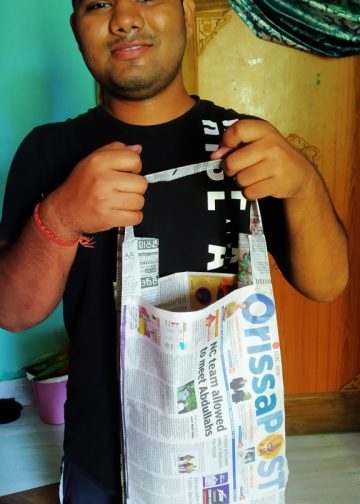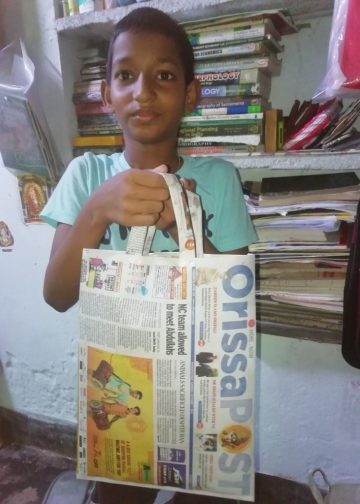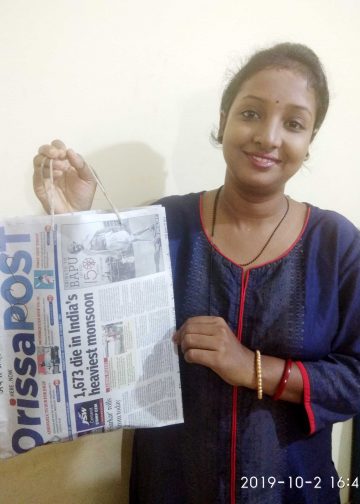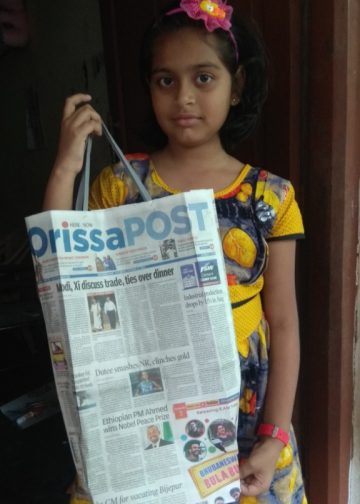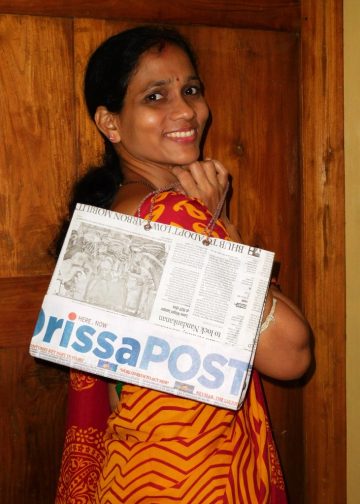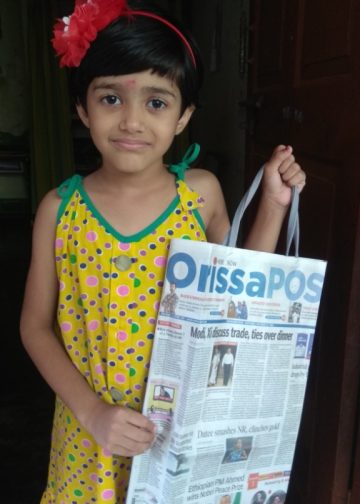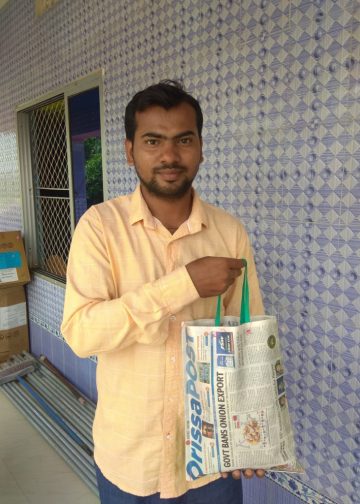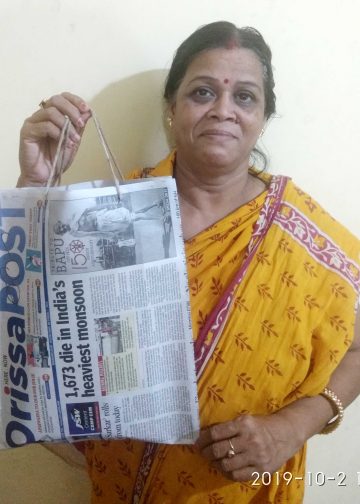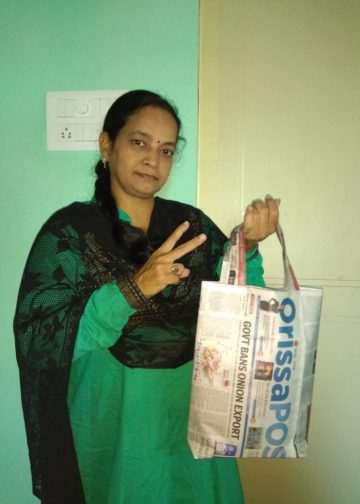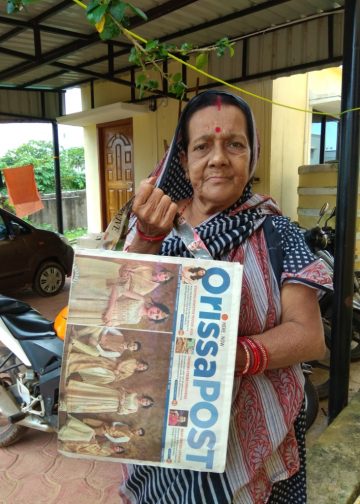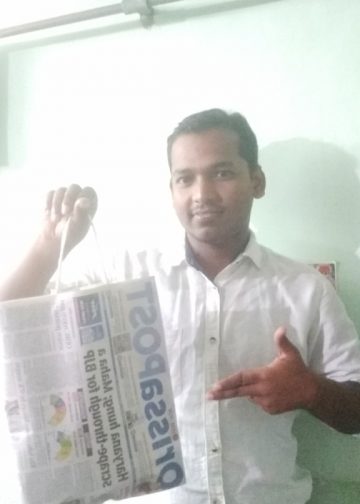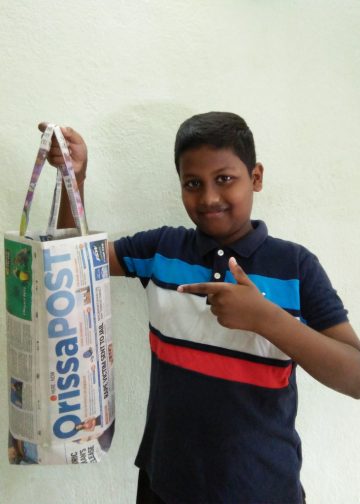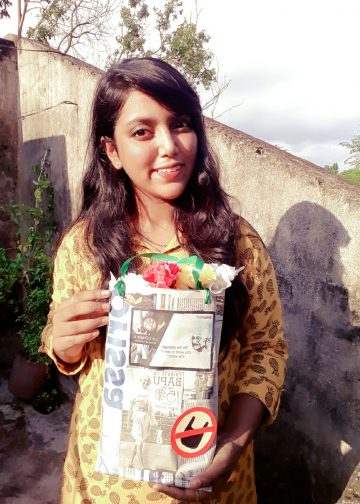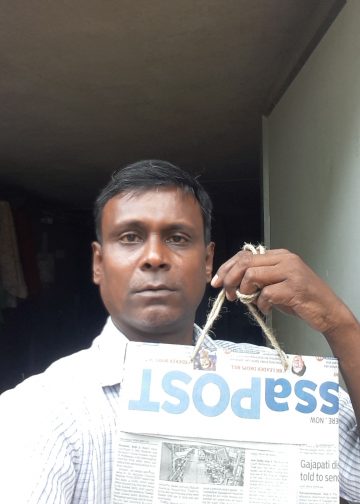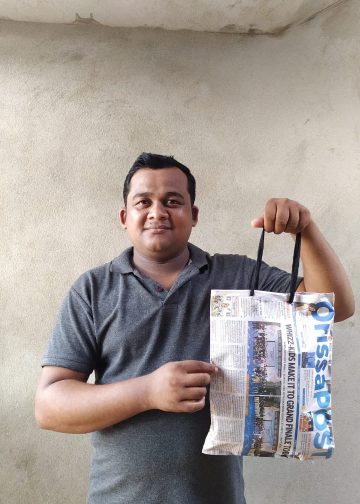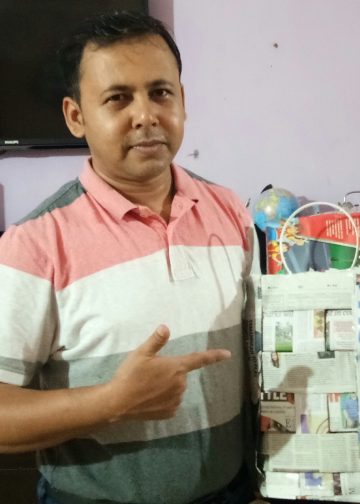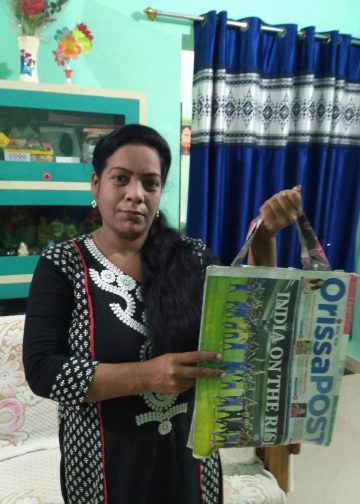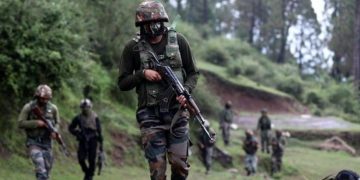By Patit Mandal, OP
They say, “When you empower a woman, you empower a nation.” But in Odisha, are women truly empowered, or are they still battling age-old challenges? While some are shattering glass ceilings in education, leadership, and enterprise, many others remain trapped in cycles of violence, financial dependence, and social exclusion.
This Women’s Day, OrissaPOST uncovers the dual reality of Odisha’s women — their struggles and triumphs.
Struggles
1. Crime against women

The numbers paint a grim picture. According to the SDG India Index 2023-24, a staggering 30.3% of married women in Odisha, aged 18-49, have experienced spousal violence — higher than the national average of 29.2%. And it doesn’t stop there.
The NCRB data reveals Odisha is at the top of cybercrime cases against women under the IT Act. In 2022, the state held the sixth position in reported rape cases. The most heartbreaking statistic? Justice delayed is justice denied, and the conviction rate in crimes against women is only 9.3% — one of the lowest in India.
2. Gender pay gap & labour force participation

Women work just as hard, but do they earn the same? The harsh reality is, Odisha has the lowest female-to-male wage ratio in India.
According to Periodic Labour Force Survey 2023-24, by Ministry of Statistics and Programme Implementation, women earn only 59% of what men make, far below the national wage ratio of 76%. While men’s Labour Force Participation Rate (LFPR) stands at 86%, for women, it’s only 53.5%. The glass ceiling isn’t just a metaphor; it’s real, and it’s keeping women from financial independence.
3. Financial exclusion & land ownership
As per SDG Index 2023-24, only 4.06% of land holdings in Odisha are operated by women, far below the national average of 13.96%. Financial schemes exist, but formal banking and credit access for women remain a challenge. Ownership and economic independence go hand in hand, and without assets, women struggle to break free from economic dependency.
4. Digital exclusion

In today’s world, knowledge is power, and digital access is the key. Yet, the SDG India Index shows that only 50.1% of women in Odisha own a mobile phone they use independently, which is lower than the national average of 53.9%.
5. Health crisis
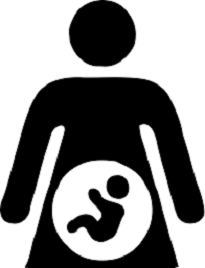
Health is wealth, but for women in Odisha, it’s a crisis.
The National Family Health Survey (NFHS-5) data says over 64.3% of women aged 15-49 are anaemic—one of the highest in India. Anaemia, a condition caused by a deficiency of red blood cells or haemoglobin, leads to fatigue, weakness, and serious health risks, especially during pregnancy. More than 61.8% of pregnant women in Odisha are anaemic, compared to the national average of 52.2%.
Additionally, 20.8% of women have a Body Mass Index (BMI) below normal, which is higher than the national average of 18.7%. BMI is a measure of body fat based on height and weight, indicating overall nutritional status.
Women who worked in the past but could not work in the last 365 days—70% cited health as the reason.
A healthy woman is the foundation of a strong society, and these numbers are a call for urgent action.
6. Education & skill development challenges
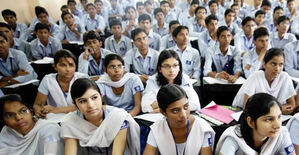
In higher education, Odisha’s Gross Enrolment Ratio (GER) for women is only 20.6%, compared to the national average of 28.5%.
Odisha Economic Survey published in February 2025 states that in technical courses like BTech and MBA, women account for just 26% of admissions. While initiatives like the Sudakshya Scheme have increased female ITI participation to 30.1%, gender disparity remains in technical education.
Achievements & progress
But it’s not all bleak. Odisha’s women are breaking barriers, one step at a time. Here’s how.
1. Maternal & child care

Odisha Economic Survey 2024-25 shows the Maternal Mortality Ratio dropped by 49 points, the second-highest decline in India!
92.2% of births now happen in institutional settings, ensuring safer deliveries.
Postnatal care within two days has risen to 88.4%, surpassing the national average of 78%.
2. Population stabilisation

As per NFHS-5, the state’s Total Fertility Rate (TFR) has dropped to 1.8, below the national average of 2.0—indicating successful family planning initiatives.
TFR represents the average number of children a woman is expected to have during her reproductive years.
Additionally, Odisha’s General Fertility Rate (GFR) has declined from 69.0 in 2015 to 60.7 in 2020, compared to the all-India level of 67.
GFR measures the number of live births per 1,000 women of reproductive age (15-49).
3. Rising skill development & employment
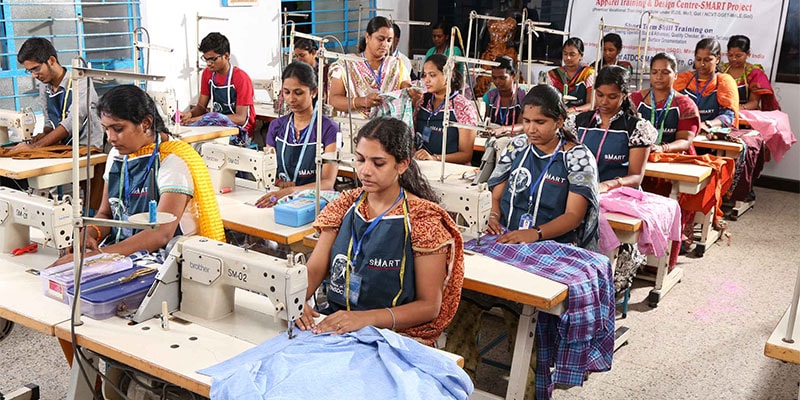
As per the Odisha Economic Survey 2024-25, more women are stepping into the workforce with new skills. ITI training for women jumped from 6% in 2016-17 to 30.1% in 2023-24. Participation in the Placement-Linked Training Programme has soared to 61%. These numbers show that with the right push, women can and will excel.
4. Education & literacy improvements
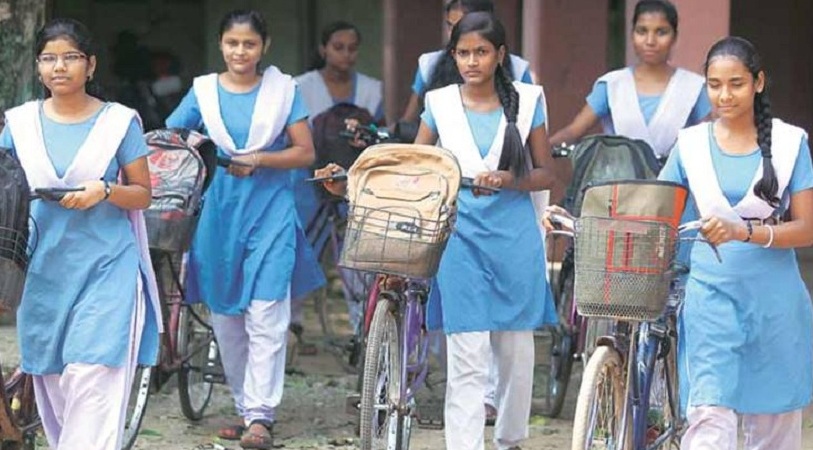
According to the latest Odisha Economic Survey, the female literacy rate in Odisha has risen from 70% in 2017-18 to 73.3% today. The gender literacy gap is narrowing — proof that education is reaching more young girls than ever before.
Also Read: Watch viral video: Thief tries to snatch woman’s purse, instantly regrets it!
5. Sex ratio
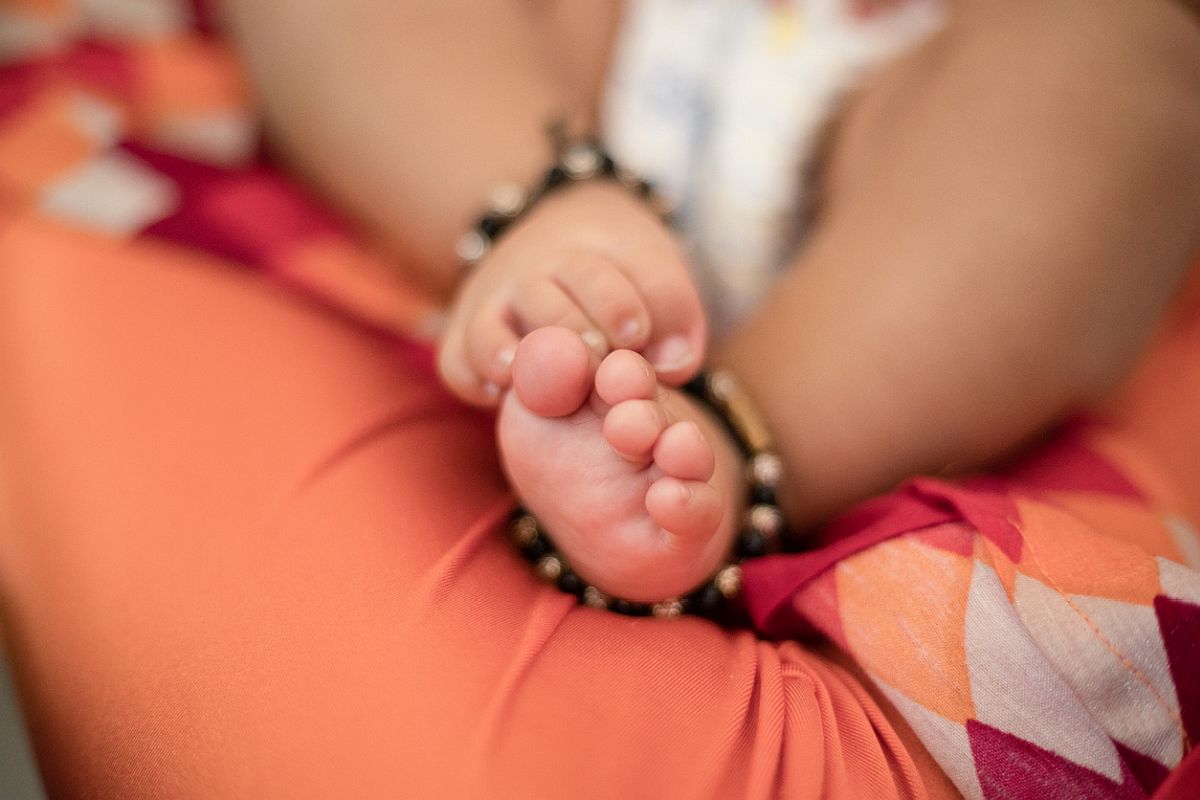
While sex ratio at birth in Odisha has fallen to its lowest at 894 girls per 1000 boys, the average sex ratio remains at a promising 1,063 females per 1,000 males, better than the national average, the NFHS-5 read.
The average sex ratio represents the overall number of females per 1,000 males in a population, while the sex ratio at birth measures female-to-male births. The average sex ratio is typically higher as it takes into account mortality rates, with women generally outliving men, influencing the overall gender balance.
6. Representation in leadership roles

As per the Odisha Economic Survey 2024-25, women’s representation in managerial roles stands at 216 per 1,000 persons, surpassing the national average of 210 per 1,000 persons.
Swami Vivekananda once said, ‘The best thermometer to the progress of a nation is its treatment of its women.’ Odisha’s women have faced storms, yet they continue to rise.





